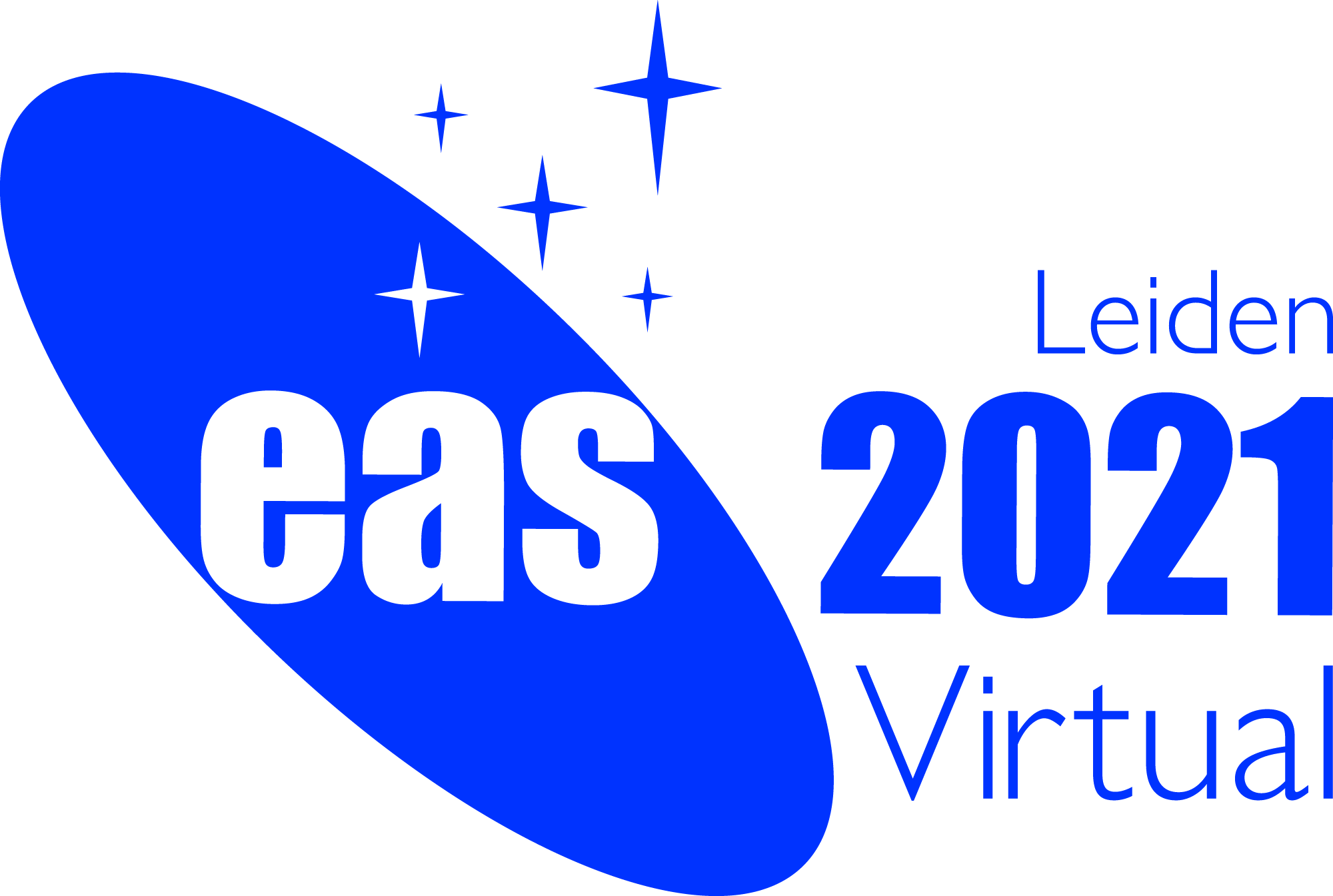Symposium S9
28-29 June 2021
The Birth, Life, and Death of Black Holes

Aims and scope
Astrophysical black holes are the most exotic and unusual objects in nature, and conversely, they are also among the simplest, being describable by just a mass and a spin. Our understanding of stellar-mass black holes has long been driven by X-ray observations of outbursting systems. This picture is being revolutionized in the gravitational wave renaissance. Gravitational wave detectors have revealed populations of far more massive stellar black holes than ever observed electromagnetically. Through this symposium, we aim to foster deep discussion and cross-examination between electromagnetic and gravitational wave observers, along with experts in related realms of astrophysics. Through a series of talks and panel discussions, we will examine the full life-cycle of a black hole: from formation in a supernova explosion, through mid-life as an accreting compact object, to death in a gravitational wave merger event (marking also the birth of a new black hole).
While black holes across the mass scale are of great interest to the astrophysical community, our focus will be on stellar-mass objects. This is principally because only stellar-mass systems are in the frequency range of currently operational gravitational-wave detectors such as VIRGO and LIGO. In addition, stellar-mass black holes offer the advantage of being dynamic systems which can change rapidly over human-accessible timescales. For example, most of the roughly 50 known BH X-ray binary systems are transient objects which have undergone one or more year-long outbursts, typically involving an ~8 order of magnitude change in luminosity before a return to quiescence. Outbursts approach the Eddington limit and are often accompanied by the emission of prominent relativistic ballistic jets, as observed primarily in radio. Along the way, transient accretion phenomena including quasi-periodic oscillations, state transitions, and super-fast winds are commonplace, and investigated by leading space facilities including XMM-Newton, Chandra, NICER, NuSTAR, and soon, Athena and XRISM. These rich and dynamic black hole systems are studied (electromagnetically) in vibrant mid-life locally, in the Galaxy, and observed in death near the cosmic horizon, gravitationally. While both electromagnetic and gravitational-wave populations are stellar-mass black holes, are they representative of the same sample of objects or probing distinct astrophysical environments?
EAS offers a unique opportunity to bring together diverse leading theorists and observers across astrophysics. By bringing together those experts whose work touches on wide-ranging facets of these most mysterious objects, we will promote deep discussion. Each session will feature expertise from several fields touching on a related central topic. With this discussion-centric approach, we aim to foster insights and collaborations to enliven and help shape the future direction of the field.
Programme
Invited speakers
- A. Arvanitaki
- E. Berti
- C. Done
- M. Fishbach
- Y. Götberg
- L. London
- R. Lunnan
- T. Maccarone
- M. Mapelli
- T. Muñoz-Darias
- D. Shoemaker
- S. Tchekhovskoy
Scientific organisers
R.M.T. Connors (CalTech)
B. De Marco (UPC)
V. Grinberg (University of Tübingen, co-chair)
J.A. Garcia (CalTech, co-chair)
M. Heida (ESO)
S.B. Markoff (UvA)
Guglielmo Mastroserio (Caltech)
S. Motta (INAF/Brera)
S. Nissanke (UvA)
Navin Sridhar (Columbia U.)
J.F. Steiner (CfA, co-chair)
S. Vitale (MIT)
Contact
grinberg@astro.uni-tuebingen.de
james.steiner@cfa.harvard.edu
javier @ caltech.edu
Updated on Fri Feb 26 21:32:55 CET 2021
|

 A power cut will shut down all EAS services on Tuesday, 10 January 2017 starting at 7:30 CET.
A power cut will shut down all EAS services on Tuesday, 10 January 2017 starting at 7:30 CET.


